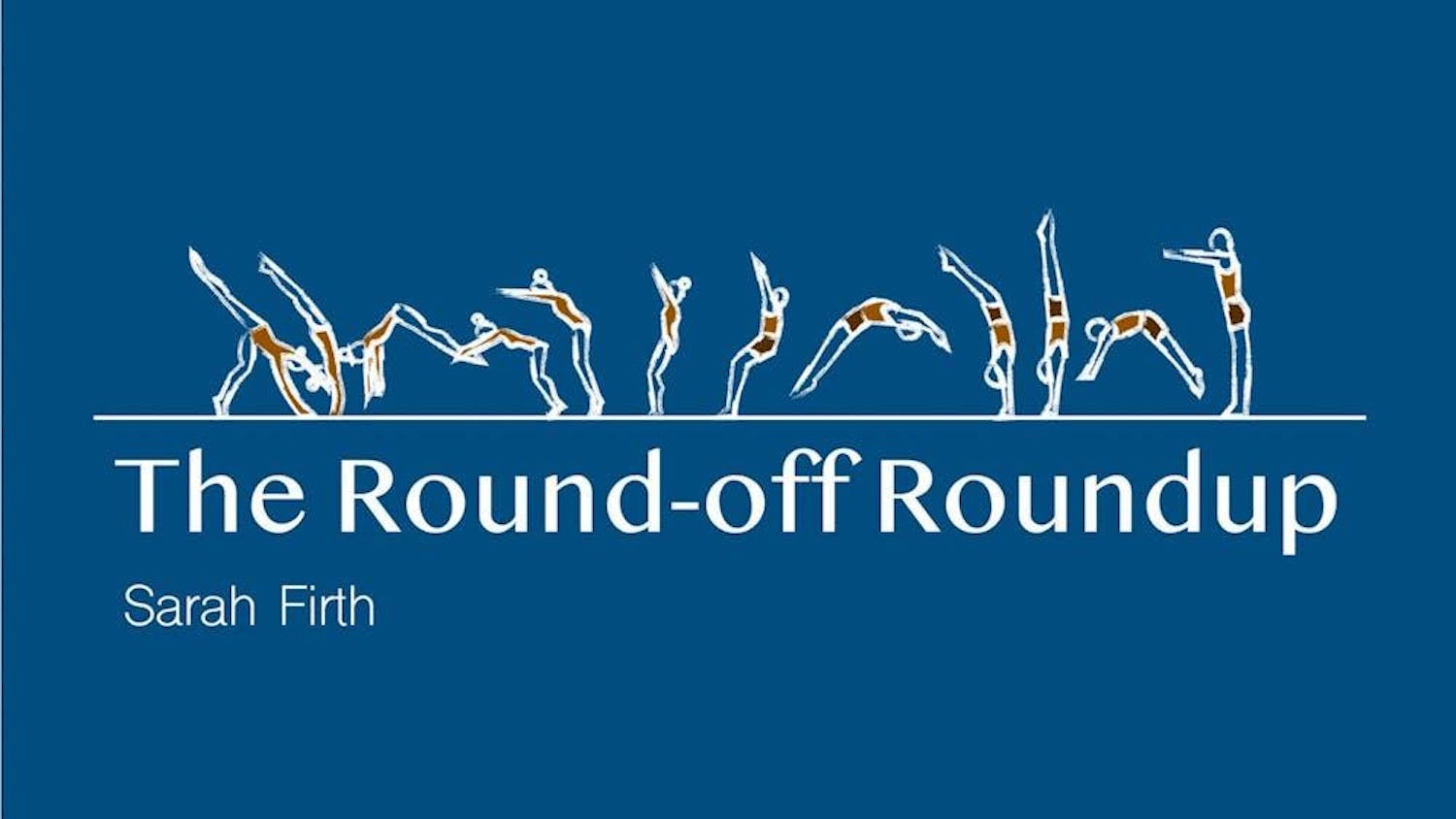If there has ever been a great dichotomy among college students, it might as well be the difference between those scrupulous, frantic note takers and the cool, platonic listeners. I, for one, have long been a loyal note taker, and I credit this decision to my high school calculus teacher and his vaguely racist jokes that prompted, dare I say required, transcription.
This contrast may even be tantamount to the differences between those who pee in the shower and those who don’t. A bold proposition, I know. But as I lay in my bed, wondering how I’d pull off another column this week, I started to question how different the two positions really are. When you’re being tested on facts, figures and equations, I’d imagine the difference is stark. Details are essential, and I’m not sure I’d leave them up to memory -- even the memory of an elephant.
When you’re not being tested, however, or when you are but not really because it’s a final “quiz” complementing a final paper, details become much less important than overarching concepts. Unless spelled out explicitly, these are more difficult to grasp immediately and require some thought, some turnover of words -- from jargon used in class to one’s own vocabulary. In these circumstances, the difference between note taking and listening may be minute.
My question crystalized: Does taking verbatim notes facilitate the acquisition of novel concepts?
I was further fueled by the observation that, although note taking seems to keep students engaged in the classroom, it is in no way a prerequisite for attention, and I often ignore my notes post-class anyway. I rarely make the effort to read them over -- maybe just once or twice when I’m referring to information for a paper or showing friends a vaguely racist joke the professor made.
And how could anyone forget Plato’s disdain? “Every serious man in dealing with really serious subjects carefully avoids writing,” he thought. Thank god someone wrote this gem down.
Disregarding Plato, to test my question and my learning process I pledged to take fewer verbatim notes. But this wasn’t enough. I also decided to try to accentuate the pros of note taking (keeping records to which you can refer) while diminishing what I think are the cons (the incapacity to analyze and interpret for yourself the information you’re copying). To do this I channeled my inner artist. Well, my inner doodler.
Although Google spits in my face by telling me a doodle is nothing but a “rough drawing made absentmindedly,” I don’t think this is a fair assessment. In fact, according to the Chicago Tribune, doodling may be comprised of an instinctual visual language and even spark creativity. This would be an interpretive, albeit difficult, method of note taking. I’d leave class with a unique and creative exploration into the concepts we discussed. My notes would be something I could refer to, and something more my own than regurgitated professor ramblings.
This was the plan, and this was more or less the outcome. Not audacious enough to test the power of the doodle on STEM classes, I started in the humanities and used stick figures, arrows, shapes, diagrams, flow charts and anything a pen could scribble that was not predominantly letters to convey intelligible meaning. Considering I understood about three-quarters of what I’d written, I’d judge that my base jump into doodling was a success.
This doesn’t mean that verbal note taking, even verbatim note taking, is a poor method. My adventures doodling do, however, highlight ways to think critically in the classroom. Whether you’re scribbling stick figures, simply listening to those dulcet tones or transcribing bad jokes, as long as you’re thinking, you’re probably doing well.
More from The Tufts Daily





